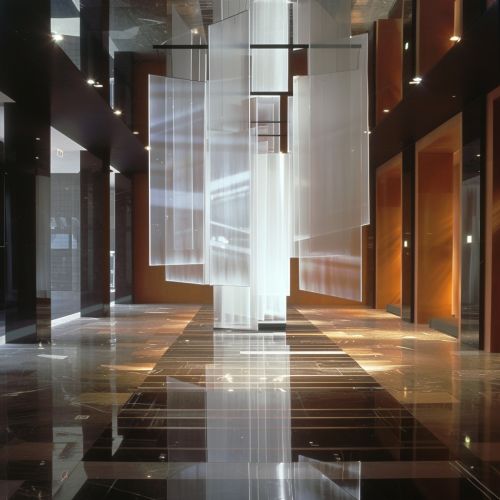History of Art
Prehistoric Art
Prehistoric art refers to the global phenomenon of Stone Age artistry that predates written records. It encompasses the earliest forms of artistic expression, including cave paintings, sculptures, and carvings. The most well-known examples of prehistoric art are the Lascaux cave paintings in France and the Venus figurines.
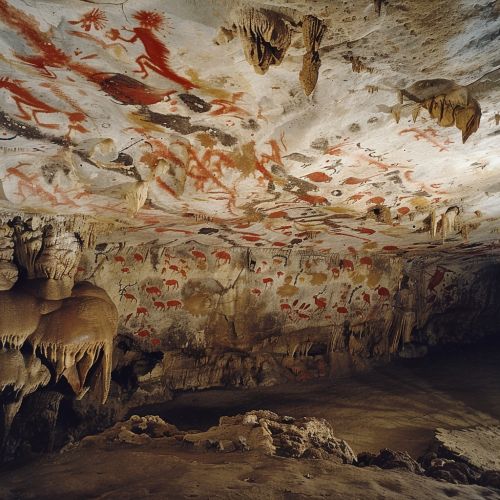
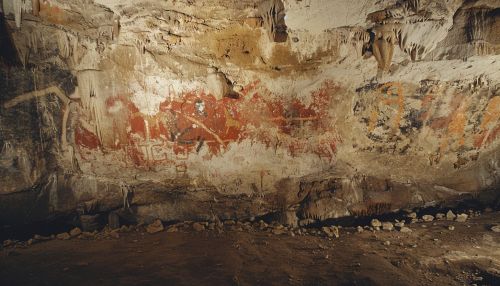
Ancient Art
Ancient art refers to the art produced by advanced civilizations of the ancient world. This includes the art of Egypt, Mesopotamia, the Indus Valley Civilization, Greece, and Rome. These cultures developed complex systems of writing, architecture, and visual art.
Egyptian Art
Egyptian art is known for its distinctive style, characterized by its adherence to rules of proportion and perspective. The art often depicted gods, pharaohs, and scenes from daily life. The Great Sphinx of Giza and the Pyramids of Giza are the most iconic examples of ancient Egyptian architecture.
Greek Art
Greek art is renowned for its emphasis on humanism, beauty, detail, and realism. It is divided into several periods, including the Archaic Period, the Classical Period, and the Hellenistic Period. Greek art heavily influenced Roman art and later Western art traditions.
Roman Art
Roman art was heavily influenced by Greek art and combined it with their own innovations. Roman art is known for its realism, portraits, and use of perspective in landscape art. The Colosseum and the Pantheon are prime examples of Roman architecture.
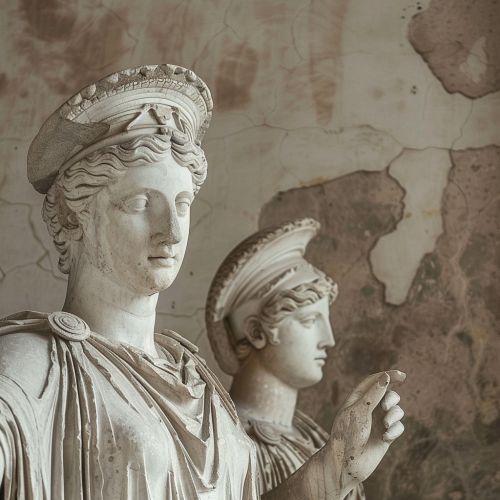
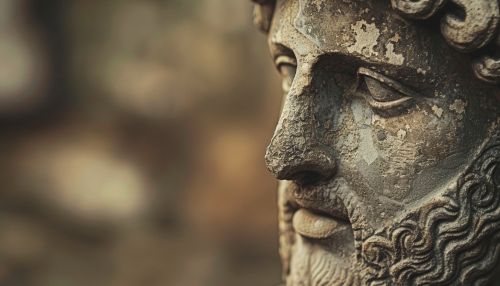
Medieval Art
Medieval art covers a vast time period and a wide geographical area. It includes Byzantine Art, Romanesque Art, and Gothic Art. Medieval art is known for its religious subject matter, use of gold and rich colors, and its lack of perspective.
Byzantine Art
Byzantine art emerged after the fall of Rome and is characterized by its rich color, flat figures, and religious subject matter. The Hagia Sophia in Istanbul is a prime example of Byzantine architecture.
Romanesque Art
Romanesque art is characterized by its robust and sturdy architecture, with thick walls and rounded arches. The Abbey Church of Sainte-Foy is a prime example of Romanesque architecture.
Gothic Art
Gothic art is known for its emphasis on height and light, seen in its pointed arches, ribbed vaults, and flying buttresses. The Notre-Dame de Paris is a prime example of Gothic architecture.
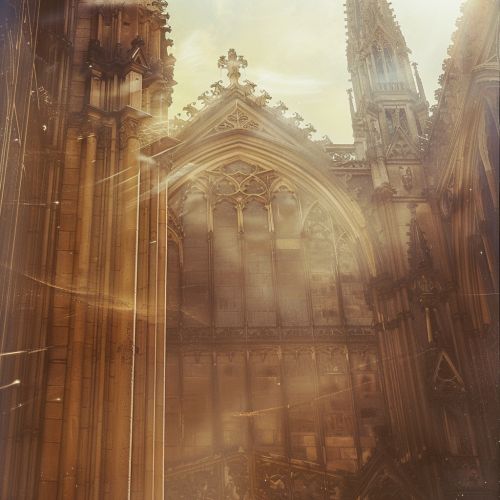
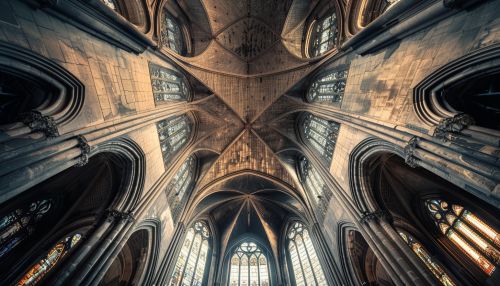
Renaissance Art
Renaissance art marked a rebirth of interest in the classical world. It is characterized by its emphasis on perspective, light, and the human body. The period is divided into the Early Renaissance, High Renaissance, and Northern Renaissance.
Early Renaissance
The Early Renaissance was marked by the use of linear perspective, realistic depiction of light, and the studied anatomy of the human body. Donatello and Filippo Brunelleschi were prominent artists of this period.
High Renaissance
The High Renaissance was the pinnacle of artistic development in Italy. It was characterized by grandeur, clarity, and harmony. Leonardo da Vinci, Michelangelo, and Raphael were the leading artists of this period.
Northern Renaissance
The Northern Renaissance occurred in Europe outside of Italy. Artists in this period focused on detail, natural landscapes, and everyday life. Jan van Eyck and Albrecht Dürer were prominent artists of this period.
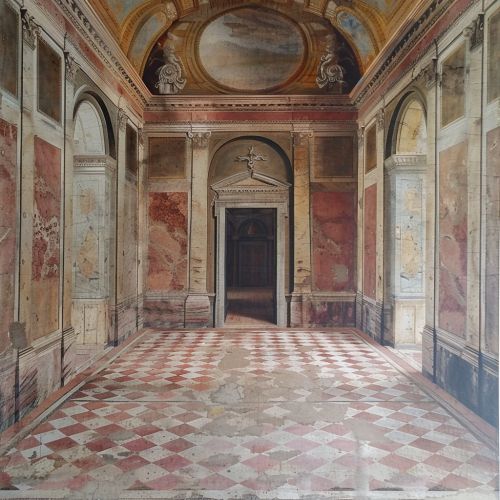
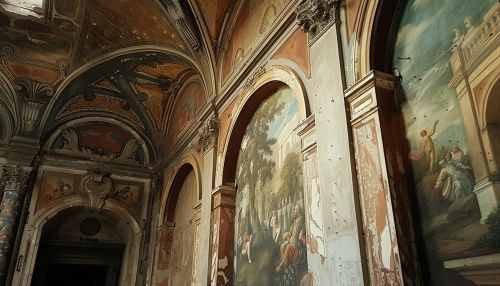
Baroque and Rococo Art
Baroque art emerged in the 17th century and is characterized by its dramatic use of light, rich colors, and dynamic compositions. Rococo art, on the other hand, is known for its lightness, elegance, and decorative charm.
Baroque Art
Baroque art is characterized by its emotional intensity, grandeur, and contrast between light and dark. Caravaggio and Peter Paul Rubens were key figures in the Baroque art movement.
Rococo Art
Rococo art emerged as a reaction to the grandeur of Baroque art. It is characterized by its light colors, ornate decorations, and playful themes. François Boucher and Jean-Honoré Fragonard were leading artists of the Rococo period.
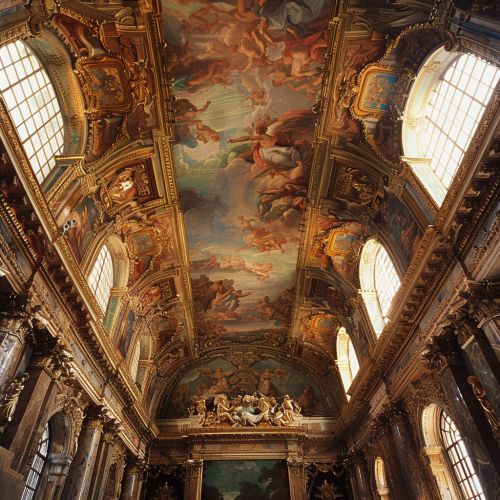
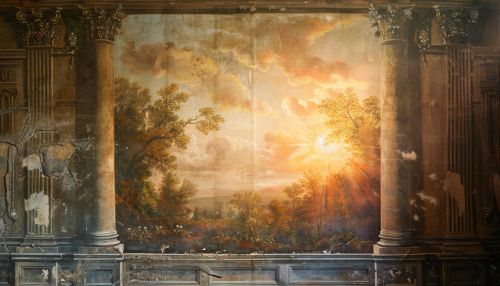
Modern and Contemporary Art
Modern art emerged in the late 19th and early 20th centuries and is characterized by its rejection of traditional artistic norms. Contemporary art, on the other hand, refers to art produced from the 1960s onwards.
Modern Art
Modern art encompasses many different art movements, including Impressionism, Cubism, and Abstract Expressionism. It is characterized by its experimentation with form, color, and materials.
Contemporary Art
Contemporary art is diverse and cannot be defined by any one unifying style, subject, or philosophy. It often engages with social, political, and cultural issues.
